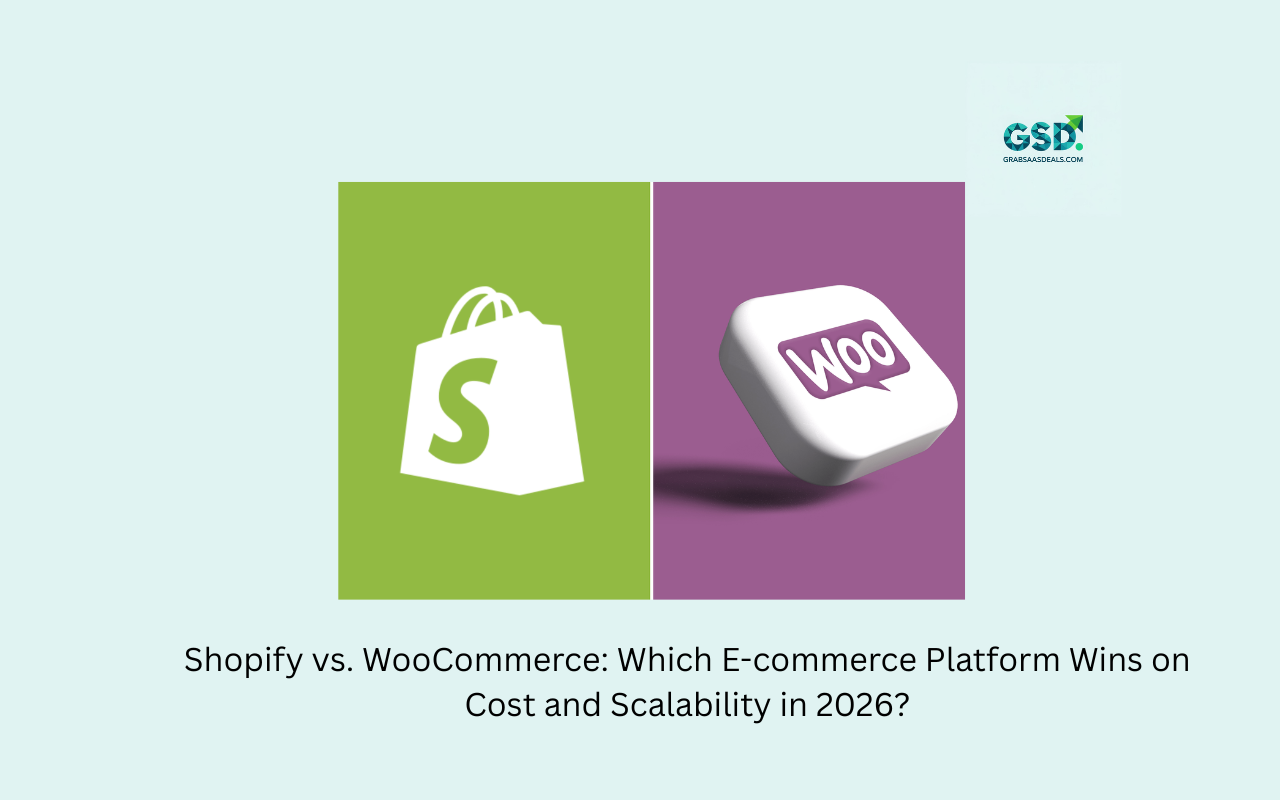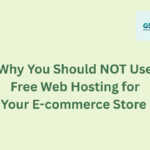Are you launching a new online store or migrating your existing one? The choice between Shopify and WooCommerce feels like a high-stakes gamble. Both promise success, but which platform truly delivers the best Total Cost of Ownership (TCO) and has the infrastructure to support your business’s explosive growth in 2026?
Forget the outdated reviews. We’ve conducted a deep dive into the current pricing models, hidden fees, and future-proof scalability features of both platforms to give you a definitive 2026 answer. Your bottom line depends on this decision—let’s find out which e-commerce giant is right for you.
Total Cost of Ownership Shopify vs WooCommerce
Many beginners are lured by the word “free” next to WooCommerce, but as any seasoned merchant knows, free software rarely means a free business. The real metric is the Total Cost of Ownership (TCO).
Shopify: The All-Inclusive, Predictable Expense
Shopify’s subscription model is its strength: it’s a fully managed service (SaaS). Your monthly bill covers all the non-negotiable technical necessities.
| Shopify Basic Plan (Approximate Annual Cost) | Included Components | Annual Cost |
| Subscription Fee | (Typically $39/month, or less with annual billing) | $348 – $468 |
| Web Hosting | Built-in, unlimited bandwidth, CDN | $0 |
| SSL Certificate | Built-in security & PCI Compliance | $0 |
| Core Features | Abandoned cart recovery, POS Lite, 24/7 Support | $0 (Built-in) |
| Domain Name (.com) | (Optional, usually purchased separately) | $15 – $20 |
| Total Annual Cost (Excl. Apps & Fees) | $363 – $488 |
✅ The Cost Advantage for Beginners: Shopify wins for the budget-conscious starter. Its all-in-one pricing eliminates unexpected technical bills and technical debt, letting you focus only on selling.
WooCommerce: The Hidden Costs of Control
WooCommerce is the free, open-source plugin for WordPress. While the software costs nothing, you must manually acquire and maintain all other components. This is where costs become highly variable and management-intensive.
| WooCommerce Startup (Approximate Annual Cost) | Components & Why They Cost | Annual Cost (Range) |
| Core Plugin | Free (WooCommerce) | $0 |
| Managed WooCommerce Hosting | Essential for speed, security, and stability | $120 – $400 |
| Domain Name (.com) | Your store’s address | $15 – $20 |
| Premium Theme | For professional design and features (e.g., Astra Pro) | $47 – $100 |
| Security & Backup | (e.g., Sucuri or paid Jetpack/VaultPress) | $100 – $250 |
| Essential Plugins | (e.g., SEO Pro, Abandoned Cart) | $150 – $300 |
| Total Annual Cost (Excl. Dev Time) | $432 – $1,070 |
WooCommerce Cost Reality: While the entry price can be lower, a professionally run, secure, and fully functional WooCommerce store quickly requires annual investments that can easily match or surpass a Shopify subscription.
The Transaction Fee Decider: Where the Real Money Goes
Beyond the monthly bill, transaction fees are the single largest ongoing cost for most e-commerce businesses.
| Fee Type | Shopify Payments | WooCommerce (WooPayments/Stripe) |
| Platform Fee | 0% (When using Shopify Payments) | 0% |
| Credit Card Rate (Online) | 2.9% + 30¢ (Basic Plan, no additional fee) | 2.9% + 30¢ (Standard rate for processors like Stripe/WooPayments) |
| Third-Party Gateway Fee | 2.0% (Charged by Shopify if you use PayPal, Amazon Pay, etc., in addition to the processor’s fee) | 0% (You only pay the third-party processor’s rate) |
Key Click Bait: If your primary payment method is a third-party gateway like PayPal, WooCommerce is cheaper as you avoid Shopify’s 2.0% penalty fee. If you’re using Shopify Payments, the rates are essentially identical.
📈 Round 2: Future-Proof Scalability in 2026
Shopify vs WooCommerce Scalability
Scalability is a measure of your store’s ability to handle traffic volume, product count, and global complexity without losing speed or crashing.
Shopify: Effortless, Built-in Scalability (The clear winner for speed)
Shopify’s greatest value is its set-it-and-forget-it infrastructure.
- Managed Performance: All hosting, patches, and upgrades are handled by Shopify’s global Content Delivery Network (CDN). If your store goes viral or you run a massive flash sale, Shopify’s servers automatically handle the load. You never have to worry about a crash costing you thousands of dollars in lost sales.
- Enterprise Path: The Shopify Plus tier is a world-class solution designed for high-volume, multi-million dollar brands, offering the most seamless path for true enterprise growth.
- Verdict: Shopify is the superior scaling option for any business owner who wants to focus purely on marketing and product development, not server configuration.
WooCommerce: Scalability by Expertise (Requires more resources)
WooCommerce is infinitely scalable due to its open-source nature, but its scalability is directly tied to your hosting quality and technical skill.
- Hosting is the Bottleneck: To scale a WooCommerce store, you must constantly upgrade to more expensive and resource-intensive hosting (from shared $\rightarrow$ VPS $\rightarrow$ Dedicated/Cloud Hosting). This requires technical knowledge to manage and optimize.
- Plugin Management: As you add more features to handle volume (complex shipping, advanced analytics), the risk of plugin conflicts and site slowdowns increases dramatically.
- Verdict: WooCommerce is only the winner for scaling if you have (or can afford) a dedicated, skilled development team to manage, optimize, and secure your high-traffic WordPress environment.
The Final 2026 Verdict: Which Platform is Right for YOU?
| Choose Shopify If… | Choose WooCommerce If… |
| You want a fast launch and minimal technical headaches. | You are an experienced WordPress user or a developer. |
| You prioritize reliable performance and guaranteed security (PCI compliance). | You need total control over the code, database, and hosting environment. |
| You are focused solely on selling and want predictable monthly costs. | You have highly unique, bespoke requirements that need deep, custom-coded integrations. |
| You are planning for major, rapid traffic spikes (e.g., influencer marketing, viral products). | You plan to run a content-heavy site (blogging is native to WordPress). |
In 2026, Shopify remains the best platform for 90% of e-commerce businesses due to its inherent, managed scalability and predictable TCO. For most, the peace of mind is worth the subscription fee. WooCommerce is the powerhouse for those with the technical skill to harness its limitless customization.



